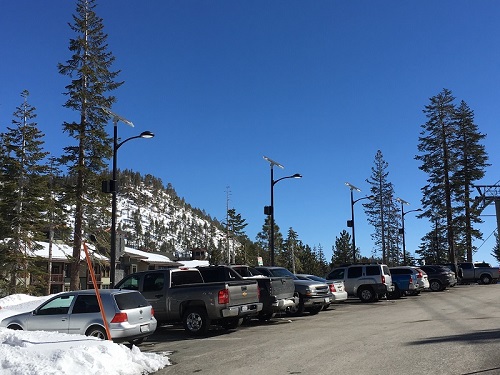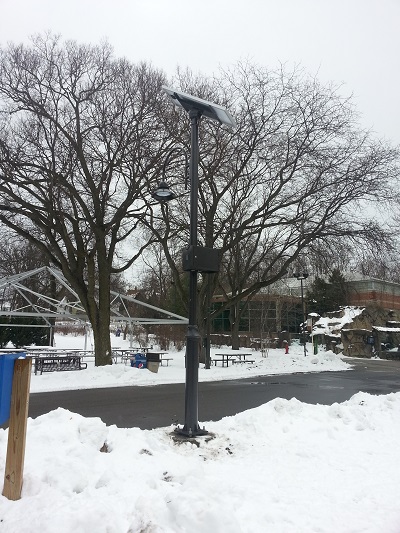Do Solar Panels Work in Cold Temperatures?Posted by Stephen Shickadance in Solar FAQs. Industry News.
The Short Answer: Yes. With the recent power problems facing southern states from the treacherous storms, there’s been a lot of discussion about “placing the blame” when it comes to energy. Greenshine knows a thing or two about renewable energy, so we’d like to settle the score in regards to that discussion.
Solar Panels Work in Cold Temperatures Because There’s Still LightA lot of the commotion online about what happened in Texas and neighboring areas stems from failing fossil fuel infrastructure. Texas Governor Greg Abbott claimed that a lot of the natural gas and coal companies halted energy production and that the deregulated Texas power grid (ERCOT) failed. Some sources online point to renewable energy as being a major cause as well. While we can’t speak for wind energy, a lot of solar energy production is not suspect to blame. Here’s why: If a solar panel is exposed to light, it draws energy. That’s it. When the sun is exposed in a snow-heavy environment, it actually helps the panel gather energy since light bounces and scatters off of snow, increasing sources of light and thus energy yield. Solar panels are even rated as being highly efficient in Antarctica, where light bounces around heavily because light scatters so often. This is why the argument that solar energy will “fail” with low temperatures has no merit. It’s not a matter of temperature, but light. Even science direct makes the claim that renewable energy does well in the coldest of climates, furthering the argument that solar energy does well in cold climates.
Greenshine New Energy has had several projects implemented in different climates that have remained functional even after ravaging storms have passed through the area. One project in Guam remained on at night after a hurricane passed through the area. We have hundreds of projects in freezing climates with typically overcast skies because the light tends to bounce heavily, generating more energy for panels. Even when power grids fail and fossil fuel production is at an all-time low, solar energy-powered lights will remain on because each system has at least one deep-cycle, gel-acid battery that can hold up to 5 days of energy in any condition.
If you’re interested in learning more about how solar lighting can help in times of emergency, or if you want to know how much you can save since solar lighting doesn’t require trenching or power connectivity, please contact us and a solar lighting expert can prepare a quote for you, free of charge. Thanks for considering us for your solar lighting needs.
Solar FAQs
Industry News
|
ArchivesNo Archives Categories
Want More Info? |
LATEST NEWS & ARTICLES
.jpg)


